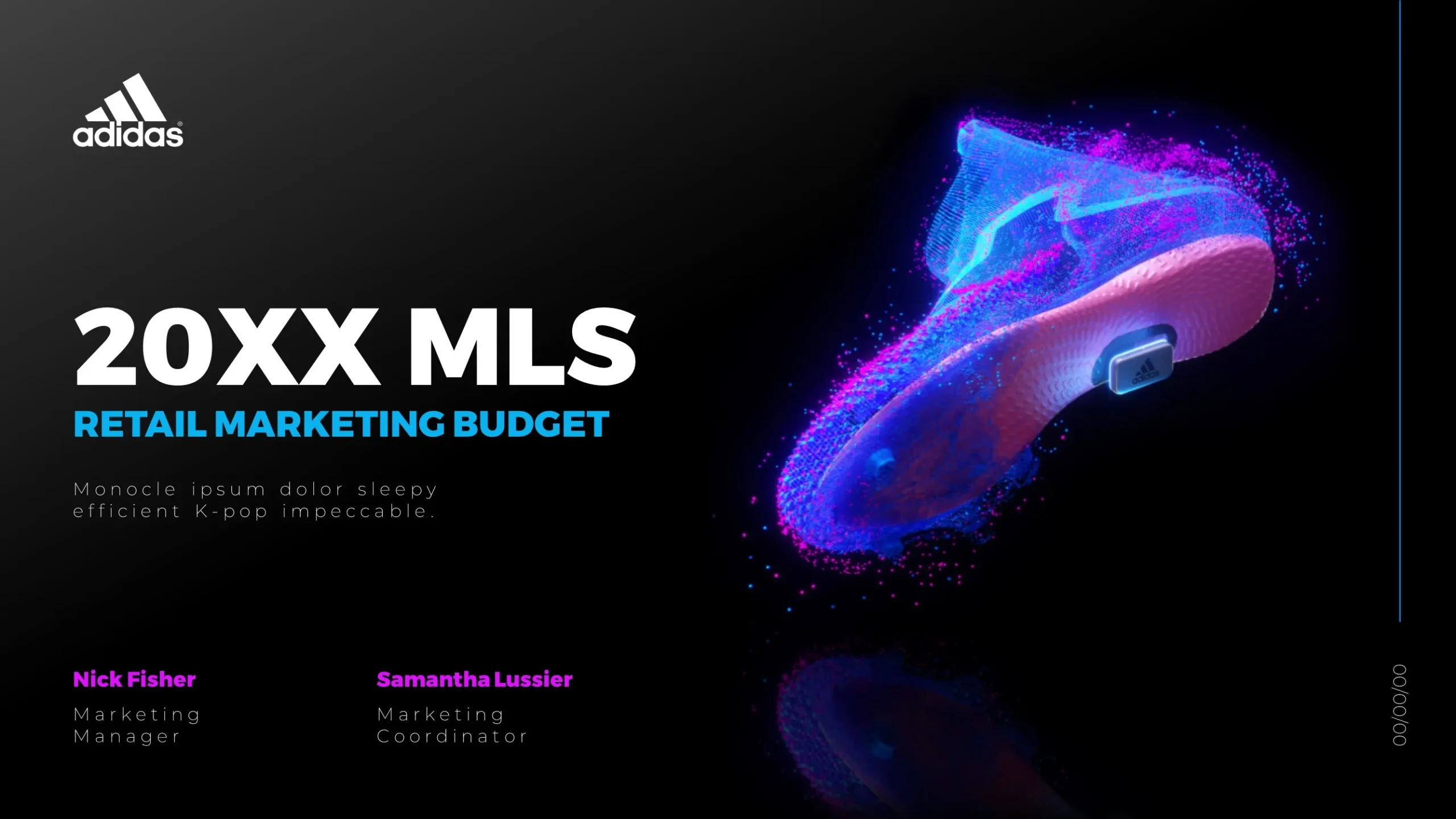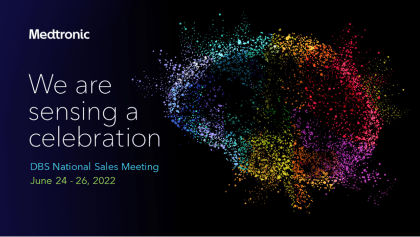Businesses can effectively visualize forward-looking financial data through the strategic use of infographic design by employing a combination of clear layouts, engaging visuals, and concise messaging. To start, it’s essential to identify key financial metrics that will be relevant to your audience, such as projected revenues, expenses, and growth trajectories. Once these metrics are established, utilize graphs and charts to represent this data visually; for instance, line graphs can illustrate trends over time while pie charts may effectively show budget allocations.
Color coding is another powerful tool in infographic design. By using a consistent color scheme that aligns with your brand identity while also differentiating between various data sets or categories, you enhance both readability and engagement. Incorporate icons or illustrations that are relevant to the financial concepts being discussed; this helps in breaking down complex information into digestible visual snippets.
Additionally, consider incorporating storytelling elements into your infographics. Presenting the financial data within a narrative framework can provide context for your projections and make them more relatable for stakeholders. Highlighting potential scenarios through ‘what-if’ analyses visually represented can also encourage deeper understanding among viewers.
Lastly, ensure that all designs are mobile-friendly since many users will access information via smartphones or tablets. A responsive design not only increases accessibility but also enhances user engagement overall.
View Our Presentation Portfolio










